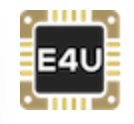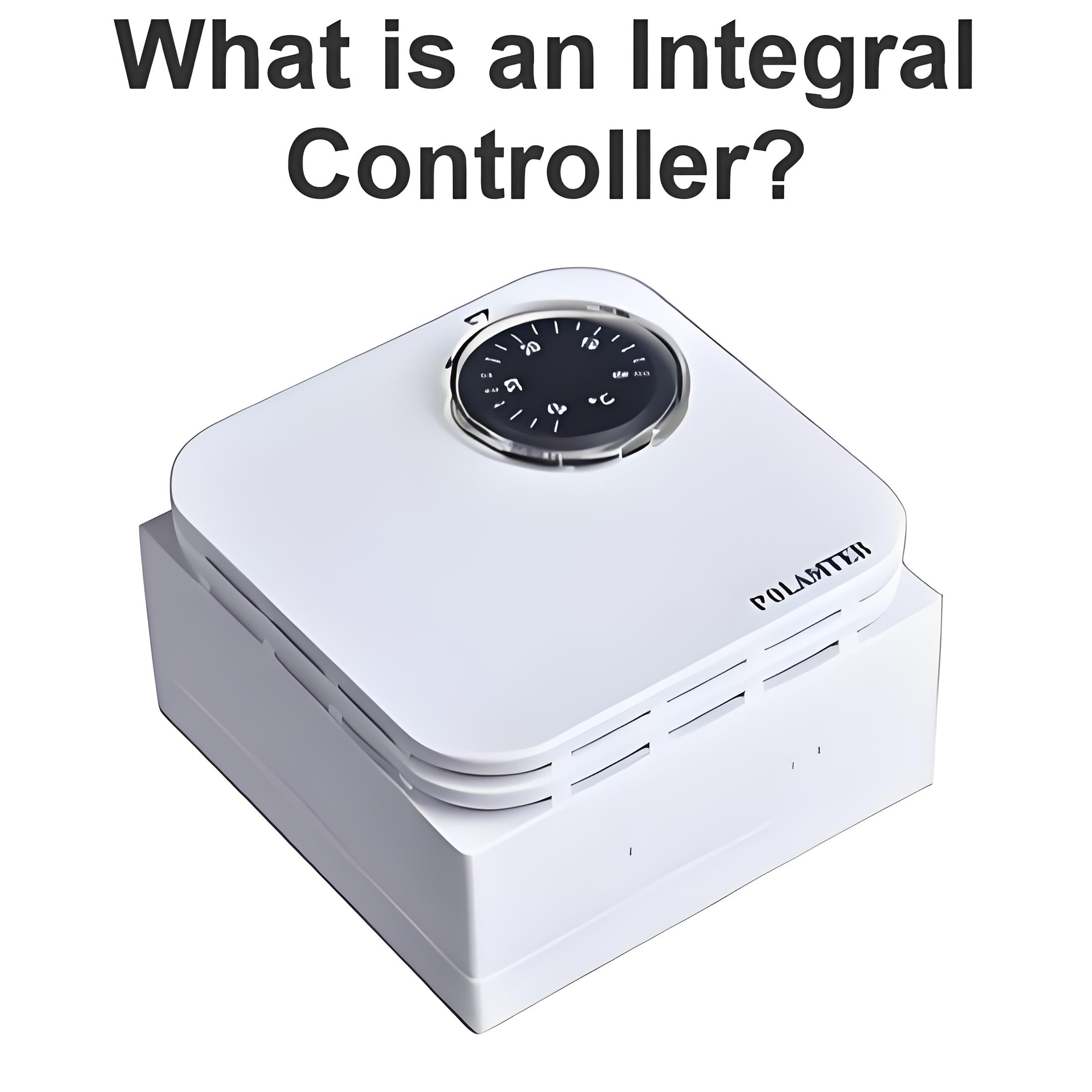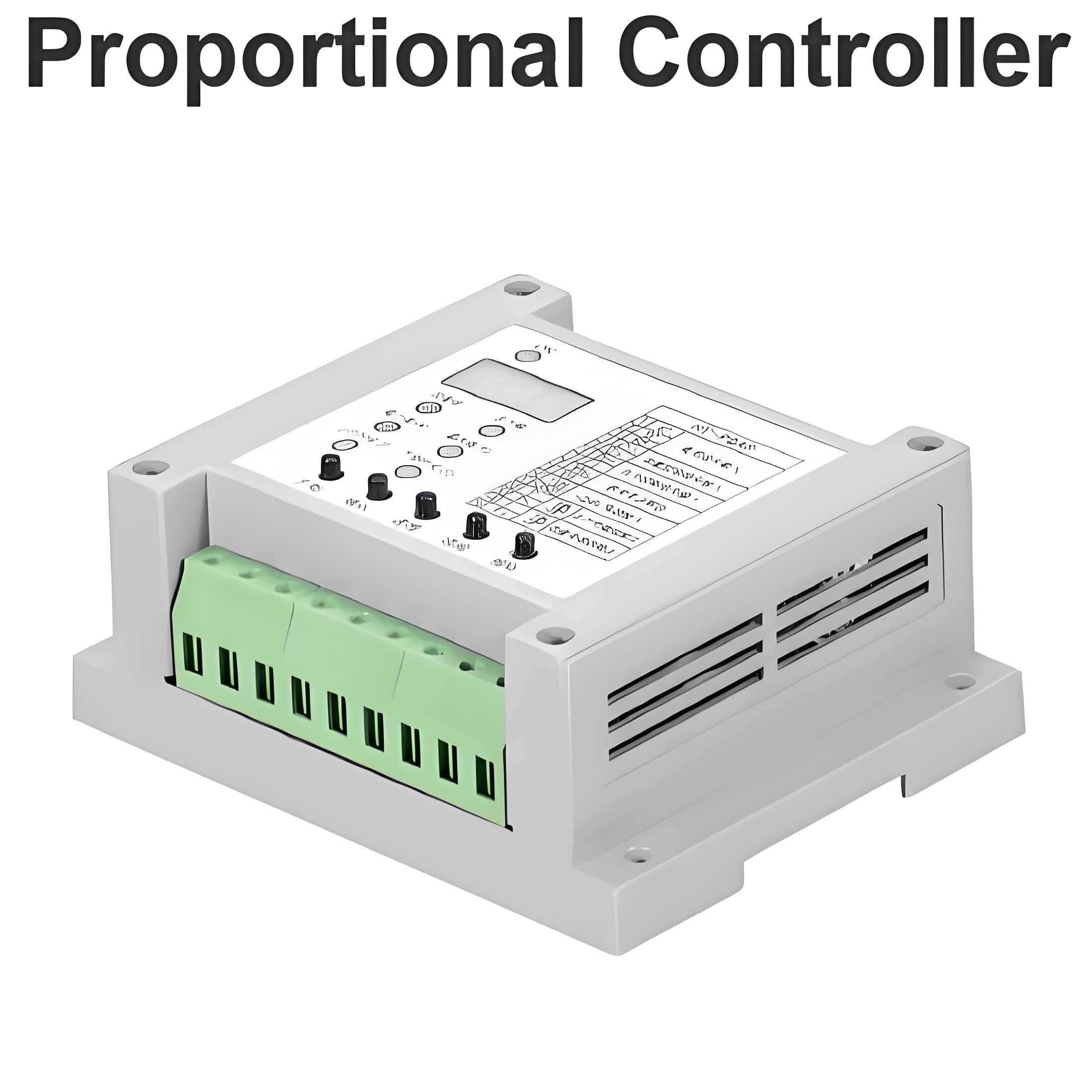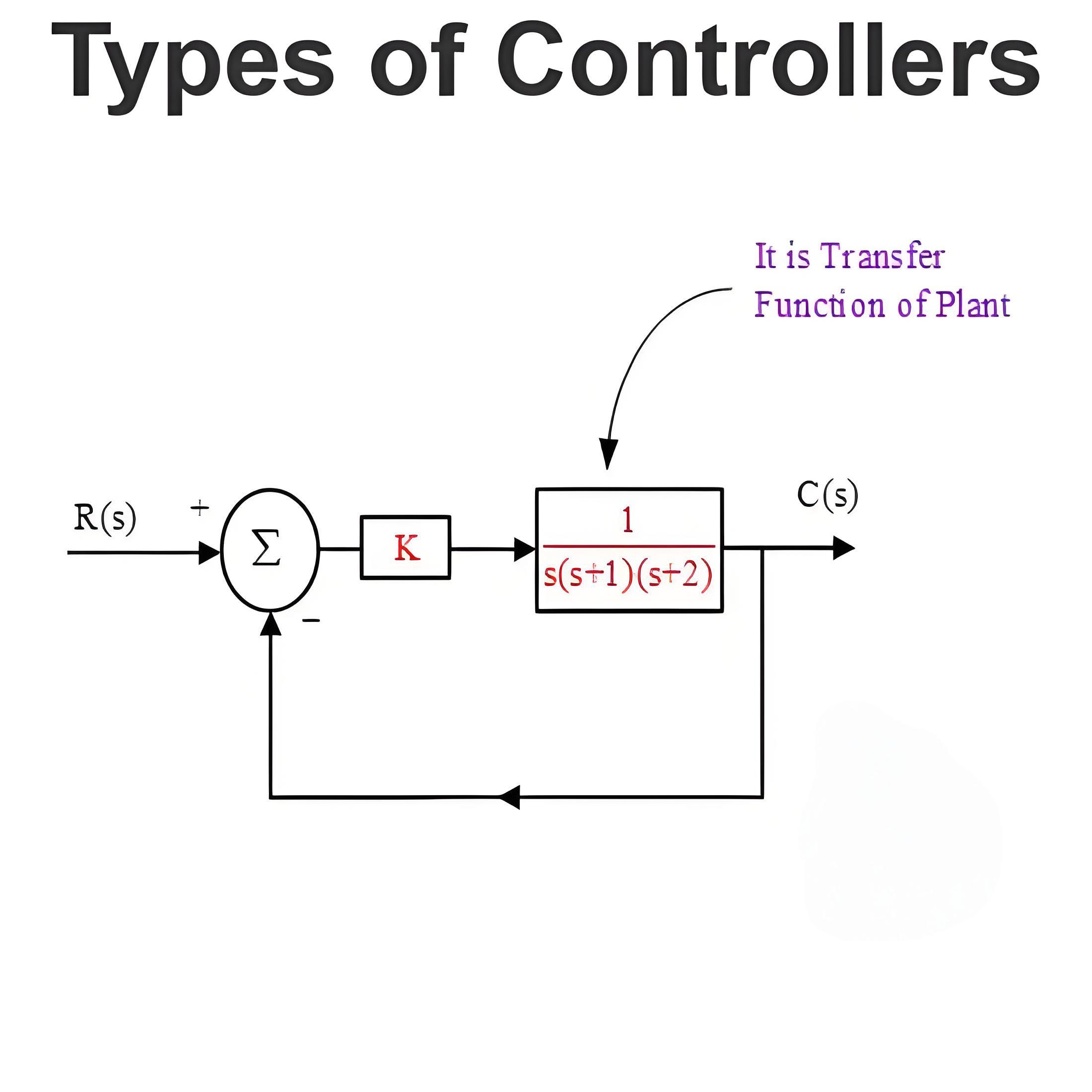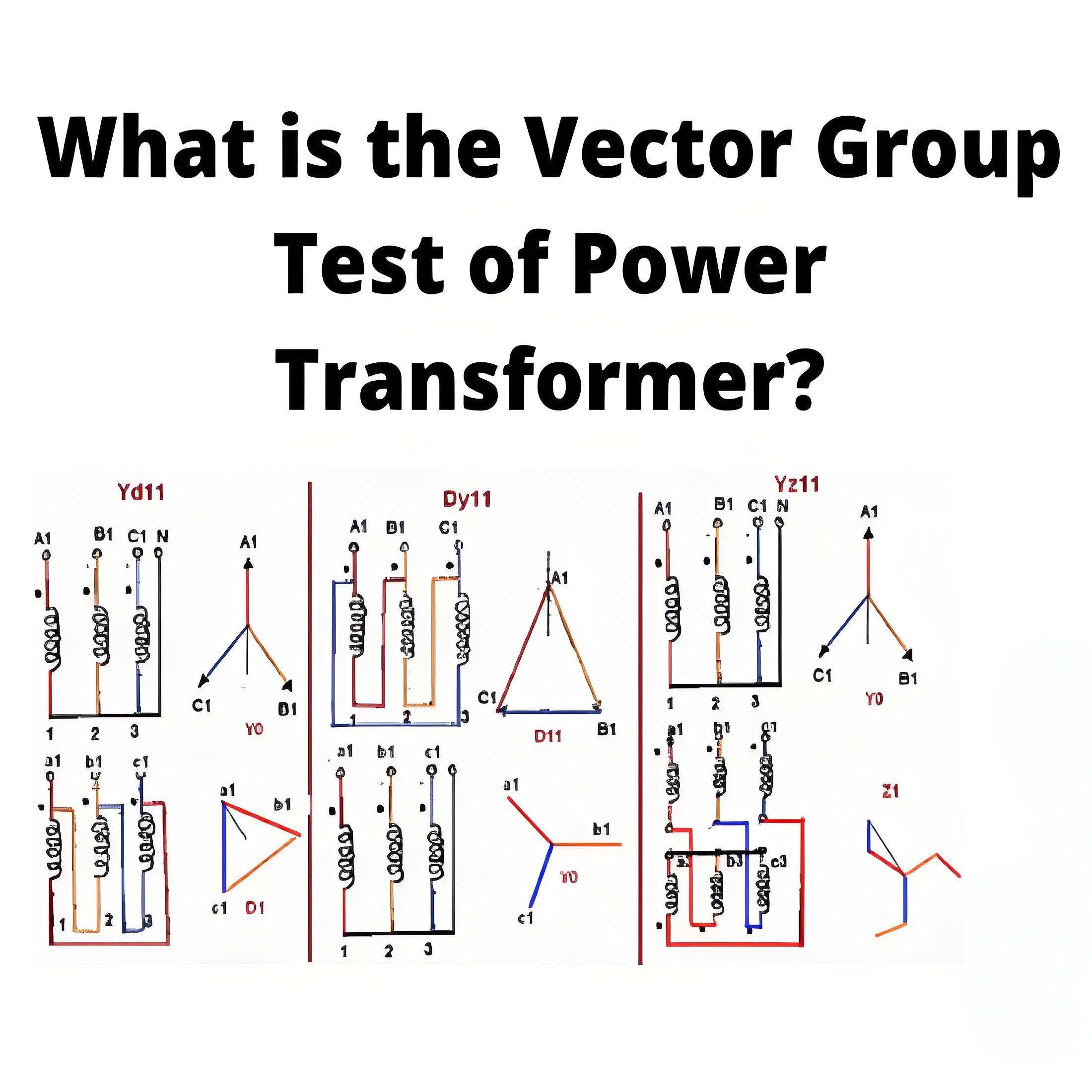Electric Heating: What is it? (Types of Electrical Heating)

What is Electric Heating?
Heating is required for both industrial and domestic purposes. In industries, heating is required for the melting of metals, moulding of glass, enamelling of copper, baking of insulator and welding etc. In domestic purposes the heating is required for cooking, water heating, room heating in winter, pressing clothes and many more.
All those purposes of heating can be fulfilled by electricity. Electric heating has some advantages.
Electric heating is free from dirt hence minimum effort for cleaning is required.
Electric heating is free from flue gases hence no need of exhaust system for heat generation.
Temperature control can be done very easily.
An electric heating system is economical compared to other conventional heating systems available in the industry. Both the installation cost and running costs are quite low.
Automatic protection against any abnormality in the heating system can easily be provided in electrical heating.
The efficiency of the system is quite high compared to other equivalent heating systems.
The electric heating system is noise free.
Starting of the system is quite faster than other heating systems.
Types of Electric Heating
Power Frequency Heating
In this method, electrical power is directly utilised to heat any substance. The power frequency heating is again subdivided into two categories
Resistance Heating
Arc Heating
Resistance Heating can be of direct resistance heating, indirect resistance heating.
Direct Resistance Heating
In the direct resistance heating, the current flows directly through the substance to be heated. The substance which to be heated in an electric heating system is called charge. As here the charge itself provides the path for passing current and heat gets produced in the charge itself, the efficiency of the system is quite high. The popular examples of direct resistance heating are resistance welding and electrode boiler.
Indirect Resistance Heating
In this method, electrical current passes through a resistive element where heat is produced due to ohmic loss. This heat is then transferred to the substance which to be heated. The popular examples of indirect resistance electric heating are immersion water heater, electrical cooking heater ovens and heat treatment systems of metals etc.
Arc Heating
The of very high temperatures can be obtained from the arc. Arc can be formed either between two electrodes of sufficient potential difference or between one electrode and the charge itself. In the second case, the charge itself behaves like the other electrode.
Indirect Arc Heating
In the electric furnace where the arc is produced between two electrodes and the heat generated in the arc is transferred to the charge is known as the indirect-arc furnace.
Direct Arc Heating
In the electric furnace where the arc is produced between the electrode and the charge itself is called a direct arc furnace.
High Frequency Heating
This type of electric heating can be categorised as
Induction Heating
Dielectric Heating
Infrared Heating
Induction Heating
Induction Heating is of two types
Direct Induction Heating
Indirect Induction Heating
Direct Induction Heating
In the direct induction heating, the current gets induced in the charge itself due to changing current nearby. Due to the inherent resistance of the charge, there is heat produced in the charge itself. Induction furnace and eddy current heater are two well-known examples of direct induction electric heating.
Indirect Induction Heating
In this method, heating elements of the furnace are heated up by the current induced in them by mutual induction of source coil. This heat then gets transferred to the charge by radiation and convection. The indirect induction ovens are mainly used for melting of metals.
Dielectric Heating
This is very difficult to uniformly heat up an installation material like wood, ceramic and plastic etc. Here high frequency dielectric capacitive heating is employed. Dielectric material connected between two electrodes behaves as a capacitor, and high-frequency current can pass through the capacitor. The current through the capacitor causes uniform heating in the dielectric material. The frequency applied in dielectric heating is very high in the range of 10 to 50 kHz, but the efficiency of this system is low about 50%.
Infrared Heating
This is the most inefficient method of electric heating. It is also the simplest form of electric heating. Here the electromagnetic radiation coming out from an incandescent light bulb is focused to the surface to be heated. It is mostly used for drying out the wed painted surface of an object.
Statement: Respect the original, good articles worth sharing, if there is infringement please contact delete.
Welcome to our electricity community! Established to facilitate the exchange and cooperation in the electricity industry and bridge professionals, enthusiasts, and related enterprises.
